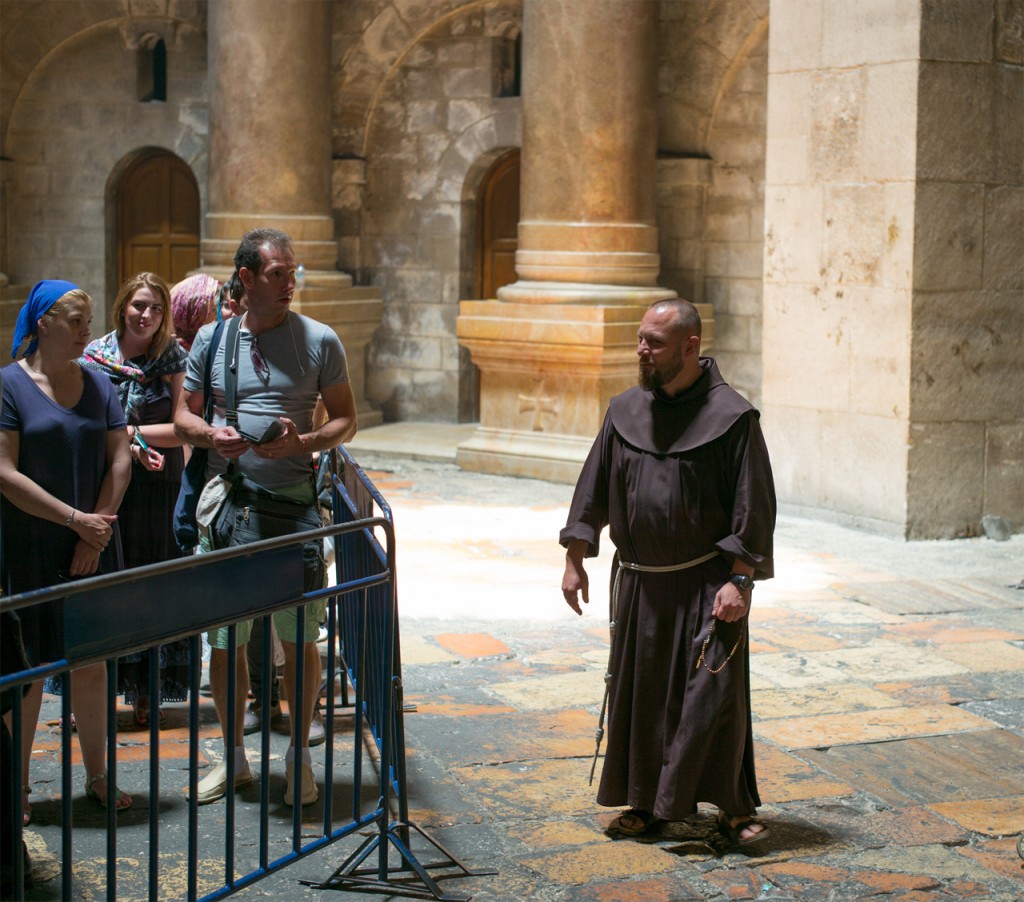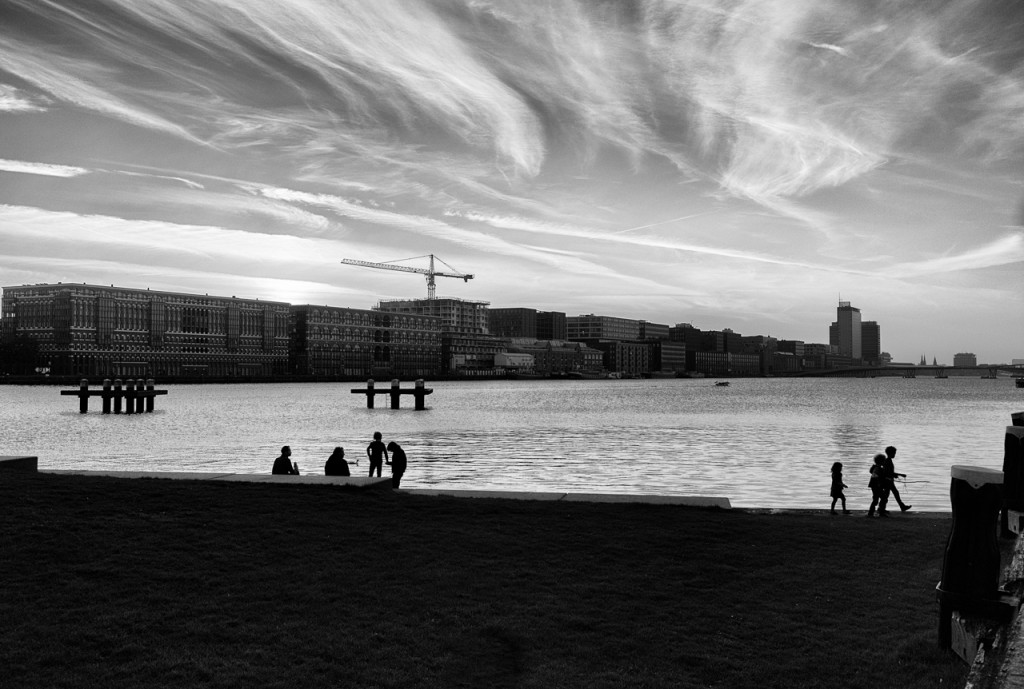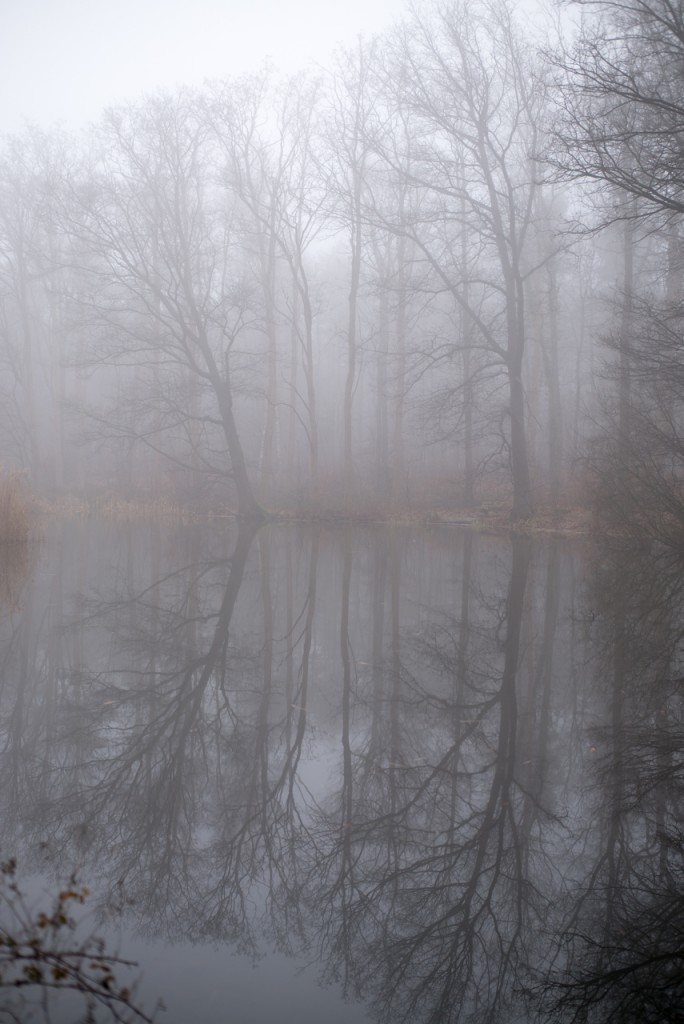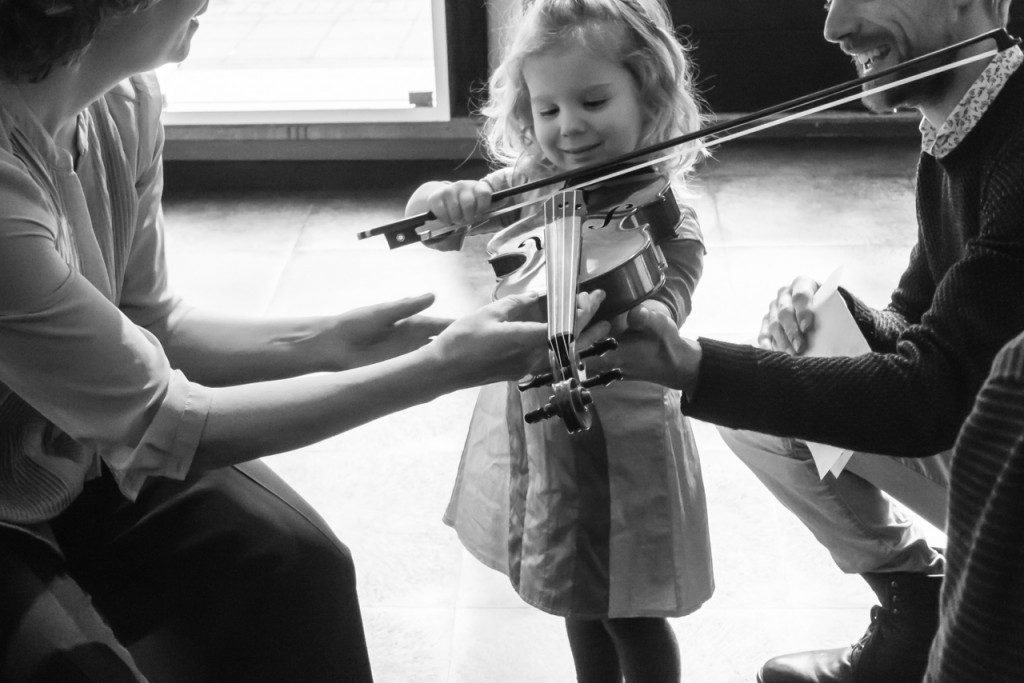In this new series I’d like to give someone else the opportunity to talk about Leica photography. Interested? Send me an email.
1) Can you tell a bit about your background (as a photographer)?
‘It took some time befor I ‘saw the Light’, and I mean the light we use in photography. But when I finally saw the Light…. things happened very quickly. I was so intrigued by photography.
I started taking pictures with my cell-phone (2006), but soon came my first digital camera: a Nikon coolpix. I took pictures of everyone and everything that happened around me. Very soon came the moment that I started asking questions, about more possibilities and yes of course… the way you take pictures. I discovered the Leica M-system but I was way to unexperienced as a photographer and went on with the small Leica d-lux 3.’
When things got serious I bought a fantastic Leica Digilux 3 second hand…
‘When things got serious I bought a fantastic Leica Digilux 3 second hand. A great and very underestimated camera. As usual I wanted to learn a lot more and started to look for a nice course. I went to the Fotovakschool in Amsterdam for the ‘basic training. After that I was so eager I also finished the advanced training 2 years later on the same school. So accidentally I became a professional photographer.
The school is very nice and I certainly enjoyed it tremendously. But when you enter a training like this, they teach you to be an allround photographer. With allround….comes an allround camera-system. That means, Canon or Nikon DSLR. Wich is a good choise. Everyone, teachers and students, has these cams so it is easy to learn all the skills this way. I had a Nikon D700, 24-70mm, 70-200mm, 105mm, and everything that belongs to the complete outfit. I had a great time and graduated in 2 years with good results.
But……. I never forgot the first love….the Leica M.”
But……. I never forgot the first love….the Leica M.

2) How did you get into the Leica system?
‘In fact, I never got out of the Leica system. It was always in my mind, somewhere in the back of my head. But, you always read on the internet: ‘It has some limitations…, it is expensive (very)’ and so on and on.
After the training I started to develop my own interests as photographer and found out that the equipment I had from Nikon was not very suitable for the photo’s I wanted to take. In fact…. it is not the Leica system that has it’s limitations but the Nikon system had its limitations for me. In the streets it is not a good idea to take pictures with a D700 and the 70-200! People start talking to you all the time and ask: ‘’What magazine are you working for?”
To be quite frankly, I hardly earned a dime with photography, so one morning i woke up and I KNEW IT. ‘I sell all my Nikon stuff, the whole shebang and I follow my heart and buy myself a second hand Leica M’. And so it happened.
And what beauty I discovered!
I sell all my Nikon stuff, the whole shebang and I follow my heart and buy myself a second hand Leica M

3) Which camera and lenses do you have?
‘Leica M 240 | 28 elmarit | 35 cron | 50 Lux | 90 elmarit.’

4) What kind of pictures do you take and why?
‘I mostly take pictures in real life and real moments. No studio, no fake, no scenery. Natural light (if possible). Action in the street or whatever is happening. Portraits (environmental). Landscape and Cityscape. Reportage and photo-essay.’
And two more questions for students of mine.
5) Why did you participate in a workshop with Joeri and which workshop did you take?
‘During the time I was selling my Nikon stuff and made all the preparations to get into the Leica-world, I searched on the internet for people who made the same big change as I did. I still thought about it as a bit riskful and final decision and I was desperate to find people like me. I did all the research all alone and had no one to share thoughts with. While searching the internet I saw Joeri’s website and was happy to find his online story. There are more, also in Holland and there are also some books about it.’
It has to be in focus!!! No escape!
‘When I finally had a camera and a lens I started to practice and work. I was amazed by the images. But why I chose the workshops with Joeri? When you shoot with a “M” you have to focus everything manual in a time where everyone has auto focus. It gives a lot of stress in the beginning when you have to shoot a very special and crucial moment. It has to be in focus!!! No escape!

To be honest, I was in heaven with my M-dream come true. And was happy I could sell my Nikon stuff pretty well, BUT, I can’t say I’ve never looked back for some time. For a while I had some serious feelings of uncertainty whether I was good enough with focusing. I’m now done with those feelings. The focusing is for me the usual trick and if you work hard you will get there.
Look at the focusing at 100% in Nikon or Canon shots and you will be amazed how often the auto focus is not exactly where it should be. I was shocked when I saw so many profs in photography neglecting the correct focus point in their shots.
I think that I made from my weakness and uncertainty my absolute strongest point. My focusing is always on the right spot where it should be.’
‘Joeri wrote a fantastic book. (It’s for sale on his website) and if you do the exercises (not just one day, but for a certain amount of weeks) you will see that you will improve enormously. But if you also do the workshops with Joeri, he adds more different skills to your technique like ‘understanding light’ so you are aware of what your lightmeter in the camera does and how to manipulate it the way you want this to affect your images, but of course also to be able not to use your (camera’s-) lightmeter anymore. In the workshop we went out in the streets to shoot. I liked to see someone working (beside myself) with the M cause I never saw that before….. (yes!).’
Thanks for your time Marian! You can find more of her work here.



